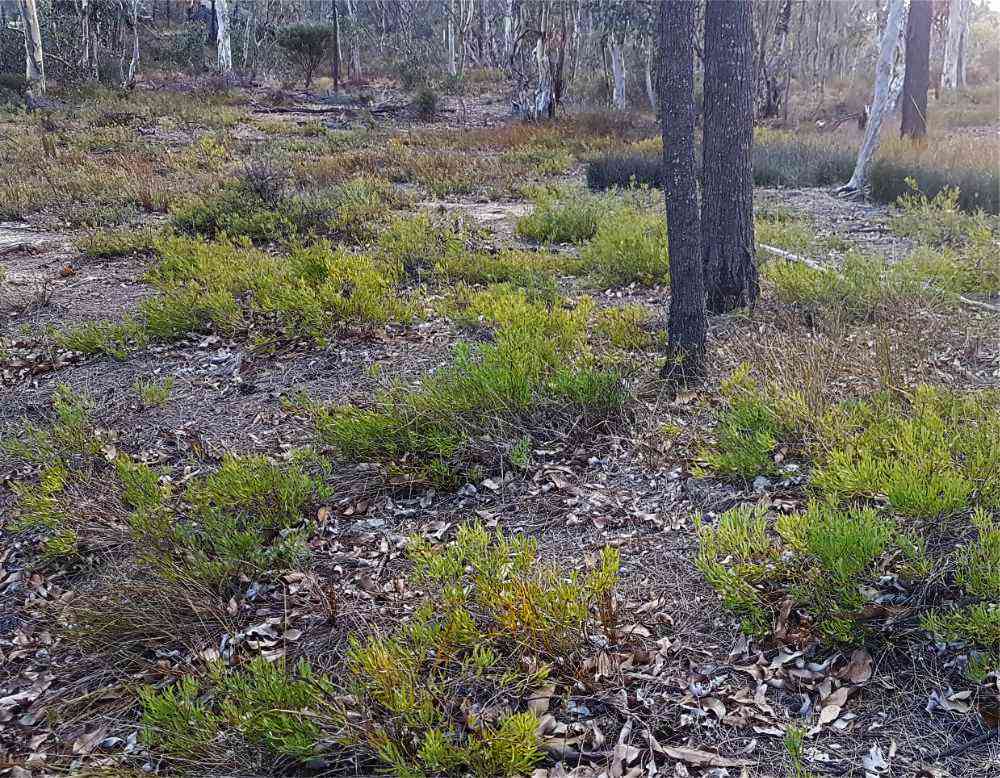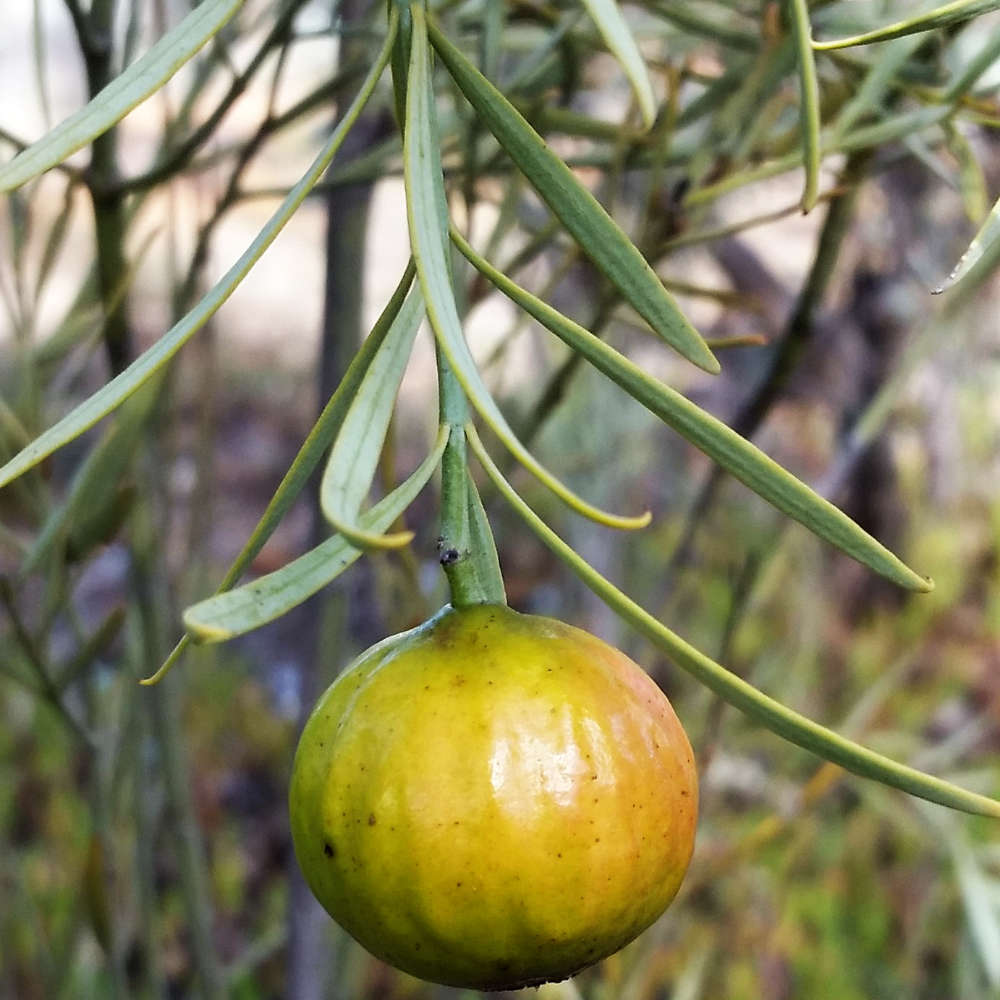 Common Popflower/ Glischrocaryon aureum
Common Popflower/ Glischrocaryon aureum These plants usually reproduce vegetatively rather than from seed.
It all comes back to plant strategies for coping with fire.
Some plants only reproduce sexually by seed (obligate seeders) and some only asexually by vegetative growth (obligate resprouters) and many do both.
Root suckering plants send shoots up from shallow spreading roots, which are deep enough to be protected from fire.
They tend to be more common on fire-prone sandy surfaced soils, and in higher rainfall areas.
As resprouters don’t rely on fire for seed germination, they can outcompete seeders in the absence of fire. A downside is that each resprouter plant is a clone, putting them at risk of extinction when conditions change. They overcome this by being very-long lived with plants commonly living for 50 to 100 years. Some resprouters live to 1000! During this time random mutations create genetic variation, which enables them to change.
Common Popflower Glischrocaryon aureum produces few fertile seeds, along with clonal members of the Goodeniaceae family (Goodenias, Dampieras). All those lovely flowers for the the pollinators produce few seeds!





